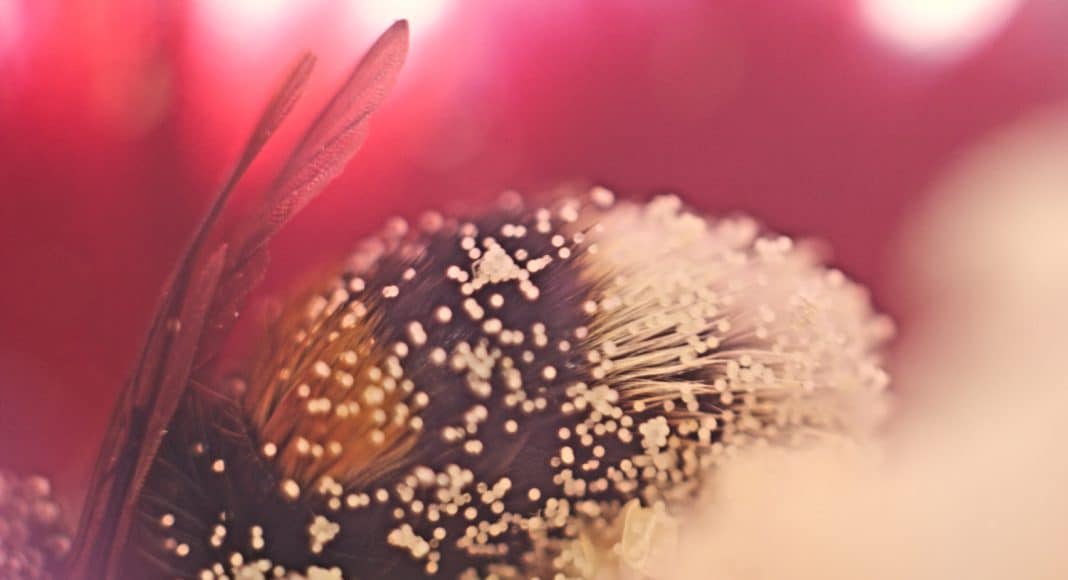In the late 19th and early 20th centuries, consumers in Europe and North America with weak lungs were promised relief in a puff from Grimault’s “Indian Cigarettes” (i.e. cannabis joints), putatively proof against a profusion of pulmonary plagues, including the asthma attack, bronchitis, laryngitis, and irritation of the air passages.
-
Related Story: Why Won’t My Doctor Prescribe Medical Marijuana For Me?
While this might seem merely an instance of Victorian quack medicine, monsieur Grimault’s preparation was actually in harmony with traditional Indian healing practice—and it has found confirmation in modern Western medicine. At least the asthma part has.
Now, common sense tells us that hot, dry smoke would be about the least soothing treatment for delicate, inflamed lung tissue. And, indeed, tobacco smoke and asthmatic bronchioles can be a deadly pairing. However, while conventional cigarette smoke constricts the lungs, making it harder to breathe, a cloud of cannabis actually dilates the bronchioles so they absorb oxygen more readily. This has been born out in a number of studies from the 1970s, and at least one more recent.
Of course, the particulates in cannabis smoke will irritate the lungs as well, so this might limit the effectiveness of weed as an asthma treatment. Nevertheless, some studies on asthmatics have shown less longterm damage from marijuana smoke than had been anticipated. As is so often the case with medial marijuana, more research is warranted.
Ideally, though, cannabis would be administered through an inhaler, as most other asthma medication is. Attempts in the 1970s, however, showed that THC inhalers caused irritation and coughing. Perhaps vaping or another method of inhaling will prove feasible. Until then, as counterintuitive as it seems, smoking marijuana can be an effective way for people with asthma to increase their lung function.


